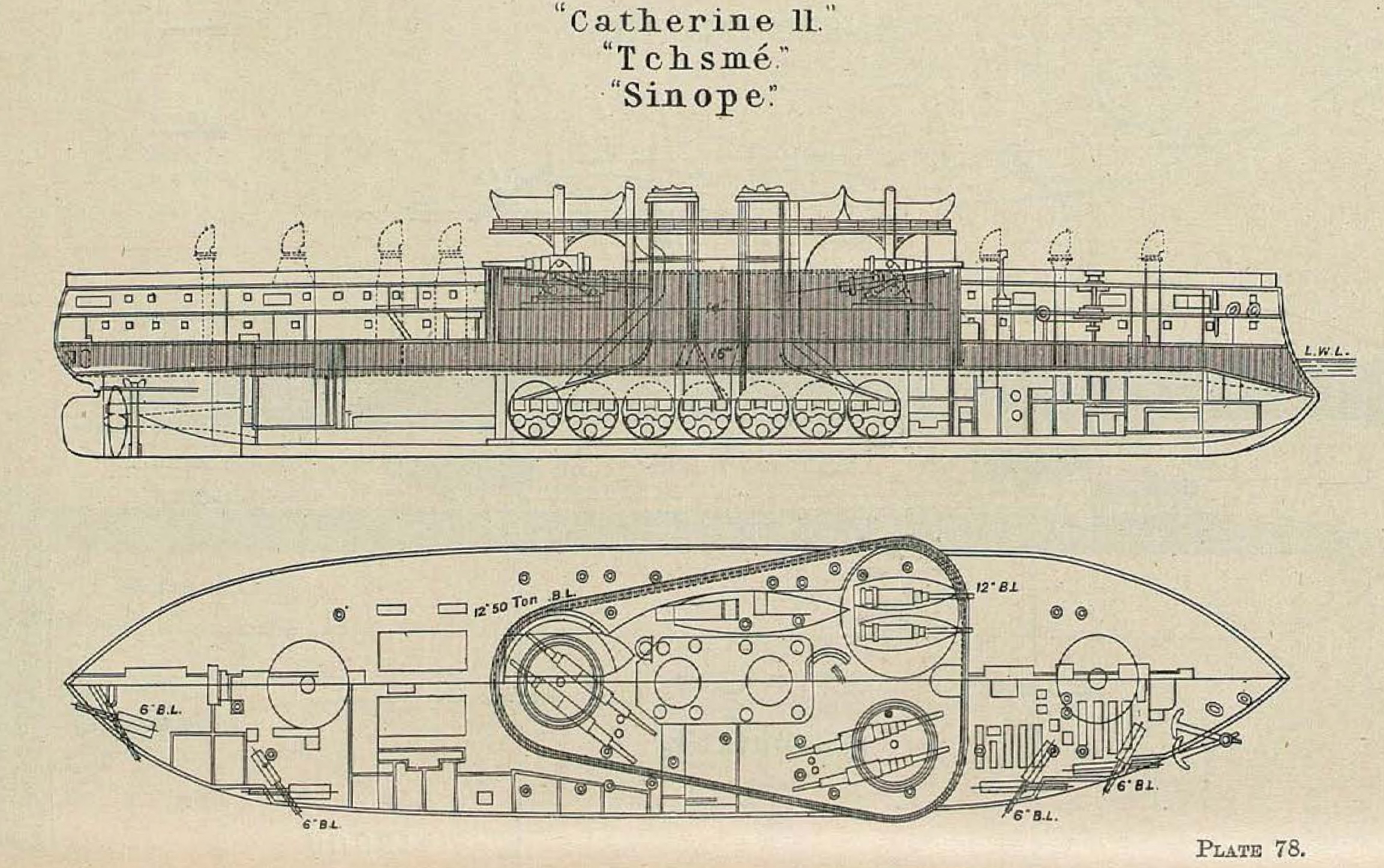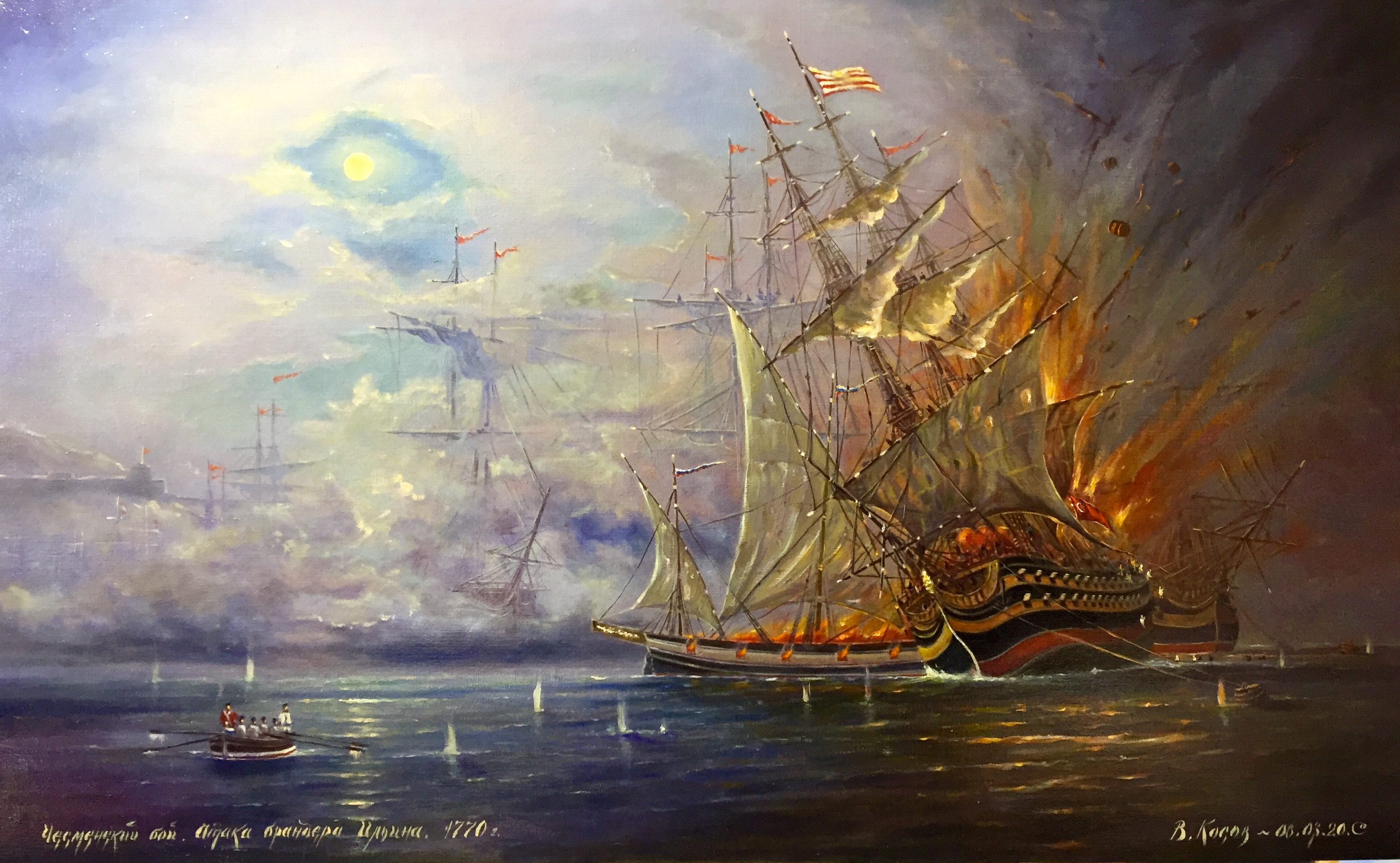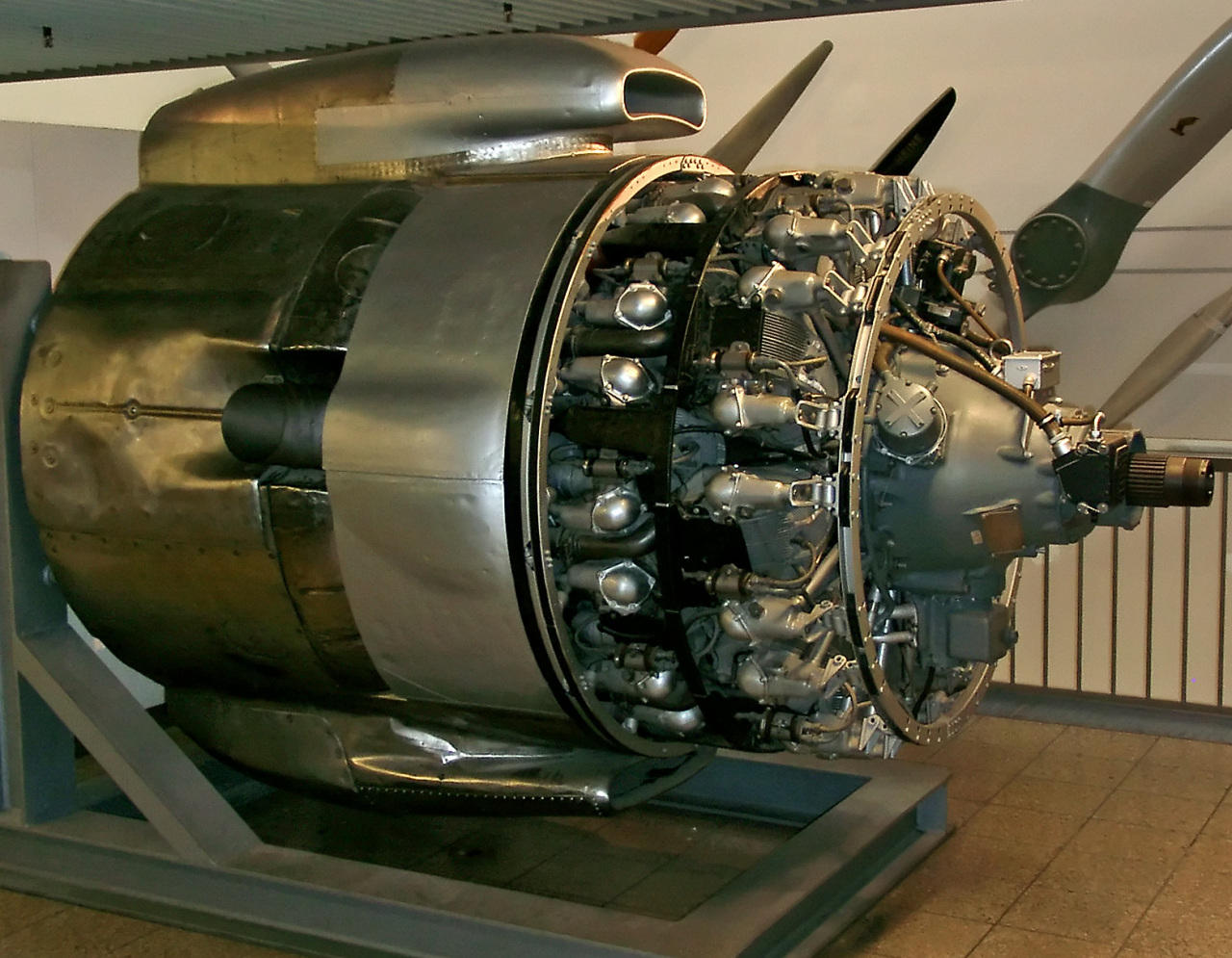|
Russian Battleship Chesma (1886)
''Chesma'' (russian: Чесма, also transliterated ''Tchésma'') was the second ship of the s built for the Imperial Russian Navy in the 1880s. When the ship was completed she proved to be very overweight which meant that much of her waterline armor belt was submerged. Russian companies could not produce the most advanced armour and machinery desired by the Naval General Staff, so they were imported from the United Kingdom and Belgium. ''Chesma'' spent her career as part of the Black Sea Fleet. When the crew of the battleship mutinied in June 1905, the ship's crew was considered unreliable and she did not participate in the pursuit of the ''Potemkin''. ''Chesma'' did, however, escort ''Potemkin'' as towed her back to Sevastopol from Constanța, Romania, where ''Potemkin'' had sought asylum. ''Chesma'' was turned over to the Sevastopol port authorities before being stricken on 14 August 1907. Before she was fully dismantled the Naval Ministry decided to use her hull for full-sc ... [...More Info...] [...Related Items...] OR: [Wikipedia] [Google] [Baidu] |
Battle Of Chesma
The naval Battle of Chesme took place on 5–7 July 1770 during the Russo-Turkish War (1768–1774) near and in Çeşme (Chesme or Chesma) Bay, in the area between the western tip of Anatolia and the island of Chios, which was the site of a number of past naval battles between the Ottoman Empire and the Republic of Venice. It was a part of the Orlov Revolt of 1770, a precursor to the later Greek War of Independence (1821–1829), and the first of a number of disastrous fleet battles for the Ottomans against Russia. Prelude The Russo-Turkish War had begun in 1768, and Russia sent several squadrons from the Baltic Sea to the Mediterranean Sea to draw Ottoman attention away from their Black Sea fleet, then only six ships of the line strong. Two Russian squadrons, commanded by Admiral Grigory Spiridov and Rear Admiral John Elphinstone, a British adviser, combined under the overall command of Count Alexei Orlov, Commander-in-Chief of the Russian Fleet, and went to look for the Otto ... [...More Info...] [...Related Items...] OR: [Wikipedia] [Google] [Baidu] |
Destroyer
In naval terminology, a destroyer is a fast, manoeuvrable, long-endurance warship intended to escort larger vessels in a fleet, convoy or battle group and defend them against powerful short range attackers. They were originally developed in 1885 by Fernando Villaamil for the Spanish NavySmith, Charles Edgar: ''A short history of naval and marine engineering.'' Babcock & Wilcox, ltd. at the University Press, 1937, page 263 as a defense against torpedo boats, and by the time of the Russo-Japanese War in 1904, these "torpedo boat destroyers" (TBDs) were "large, swift, and powerfully armed torpedo boats designed to destroy other torpedo boats". Although the term "destroyer" had been used interchangeably with "TBD" and "torpedo boat destroyer" by navies since 1892, the term "torpedo boat destroyer" had been generally shortened to simply "destroyer" by nearly all navies by the First World War. Before World War II, destroyers were light vessels with little endurance for unattended o ... [...More Info...] [...Related Items...] OR: [Wikipedia] [Google] [Baidu] |
Muzzle Velocity
Muzzle velocity is the speed of a projectile (bullet, pellet, slug, ball/shots or shell) with respect to the muzzle at the moment it leaves the end of a gun's barrel (i.e. the muzzle). Firearm muzzle velocities range from approximately to in black powder muskets, to more than in modern rifles with high-velocity cartridges such as the .220 Swift and .204 Ruger, all the way to for tank guns firing kinetic energy penetrator ammunition. To simulate orbital debris impacts on spacecraft, NASA launches projectiles through light-gas guns at speeds up to . Projectile velocity For projectiles in unpowered flight, its velocity is highest at leaving the muzzle and drops off steadily because of air resistance. Projectiles traveling less than the speed of sound (about in dry air at sea level) are ''subsonic'', while those traveling faster are ''supersonic'' and thus can travel a substantial distance and even hit a target before a nearby observer hears the "bang" of the shot. Projec ... [...More Info...] [...Related Items...] OR: [Wikipedia] [Google] [Baidu] |
List (watercraft)
The angle of list is the degree to which a vessel heels (leans or tilts) to either port or starboard at equilibrium—with no external forces acting upon it. If a listing ship goes beyond the point where a righting moment will keep it afloat, it will capsize and potentially sink. Listing is caused by the off-centerline distribution of weight aboard due to uneven loading or to flooding. By contrast, roll is the dynamic movement from side to side caused by waves. See also *Angle of loll *Heeling (sailing) *Capsizing *Metacentric height *Ship stability *Ship motions Ship motions are defined by the six degrees of freedom that a ship, boat or any other craft can experience. Reference axes The '' vertical/Z axis'', or ''yaw axis'', is an imaginary line running vertically through the ship and through its ... References {{Ship measurements Engineering concepts Naval architecture Ship measurements ... [...More Info...] [...Related Items...] OR: [Wikipedia] [Google] [Baidu] |
Barbette
Barbettes are several types of gun emplacement in terrestrial fortifications or on naval ships. In recent naval usage, a barbette is a protective circular armour support for a heavy gun turret. This evolved from earlier forms of gun protection that eventually led to the pre-dreadnought. The name ''barbette'' ultimately comes from fortification - it originally meant a raised platform or mound, as in the French phrase ''en barbette'', which refers to the practice of firing a cannon over a parapet rather than through an embrasure in a fortification's casemate. The former gives better angles of fire but less protection than the latter. The disappearing gun was a variation on the barbette gun; it consisted of a heavy gun on a carriage that would retract behind a parapet or into a gunpit for reloading. Barbettes were primarily used in coastal defences, but saw some use in a handful of warships, and some inland fortifications. The term is also used for certain aircraft gun mounts. Sh ... [...More Info...] [...Related Items...] OR: [Wikipedia] [Google] [Baidu] |
Caliber (artillery)
In artillery, caliber or calibredifference in British English and American English spelling is the internal diameter of a gun barrel, or - by extension - a relative measure of the barrel length. Rifled barrels Rifled barrels introduce ambiguity to measurement of caliber. A rifled bore consists of alternating grooves and lands. The distance across the bore from groove to groove is greater than the distance from land to land. Projectiles fired from rifled barrels must be of the full groove to groove diameter to be effectively rotated by the rifling, but the caliber has sometimes been specified as the land to land diameter before rifling grooves were cut. The depth of rifling grooves (and the consequent ambiguity) increases in larger calibers. Steel artillery projectiles may have a forward bourrelet section machined to a diameter slightly smaller than the original land to land dimension of the barrel and a copper driving band somewhat larger than the groove to groove diameter t ... [...More Info...] [...Related Items...] OR: [Wikipedia] [Google] [Baidu] |
Sister Ship
A sister ship is a ship of the same class or of virtually identical design to another ship. Such vessels share a nearly identical hull and superstructure layout, similar size, and roughly comparable features and equipment. They often share a common naming theme, either being named after the same type of thing or person (places, constellations, heads of state) or with some kind of alliteration. Typically the ship class is named for the first ship of that class. Often, sisters become more differentiated during their service as their equipment (in the case of naval vessels, their armament) are separately altered. For instance, the U.S. warships , , , and are all sister ships, each being an . Perhaps the most famous sister ships were the White Star Line's s, consisting of , and . As with some other liners, the sisters worked as running mates. Other sister ships include the Royal Caribbean International's and . ''Half-sister'' refers to a ship of the same class but with some s ... [...More Info...] [...Related Items...] OR: [Wikipedia] [Google] [Baidu] |
Boiler (steam Generator)
A boiler is a closed vessel in which fluid (generally water) is heated. The fluid does not necessarily boil. The heated or vaporized fluid exits the boiler for use in various processes or heating applications, including water heating, central heating, boiler-based power generation, cooking, and sanitation. Heat sources In a fossil fuel power plant using a steam cycle for power generation, the primary heat source will be combustion of coal, oil, or natural gas. In some cases byproduct fuel such as the carbon monoxide rich offgasses of a coke battery can be burned to heat a boiler; biofuels such as bagasse, where economically available, can also be used. In a nuclear power plant, boilers called steam generators are heated by the heat produced by nuclear fission. Where a large volume of hot gas is available from some process, a heat recovery steam generator or recovery boiler can use the heat to produce steam, with little or no extra fuel consumed; such a configuration is com ... [...More Info...] [...Related Items...] OR: [Wikipedia] [Google] [Baidu] |
Société Anonyme John Cockerill
Lactalis is a French multinational dairy products corporation, owned by the Besnier family and based in Laval, Mayenne, France. The company's former name was Besnier SA. Lactalis is the largest dairy products group in the world, and is the second largest food products group in France, behind Danone. It owns brands such as Parmalat, Président, Siggi's Dairy, Skånemejerier, Rachel's Organic, and Stonyfield Farm. History André Besnier started a small cheesemaking company in 1933 and launched its ''Président'' brand of Camembert in 1968. In 1990, it acquired Group Bridel (2,300 employees, 10 factories, fourth-largest French dairy group) with a presence in 60 countries. In 1992, it acquired United States cheese company Sorrento. In 1999, ''la société Besnier'' became ''le groupe Lactalis'' owned by Belgian holding company BSA International SA. In 2006, they bought Italian group Galbani, and in 2008, bought Swiss cheesemaker Baer. They bought Italian group Parmalat in a 2011 ... [...More Info...] [...Related Items...] OR: [Wikipedia] [Google] [Baidu] |
Compound Engine
A compound engine is an engine that has more than one stage for recovering energy from the same working fluid, with the exhaust from the first stage passing through the second stage, and in some cases then on to another subsequent stage or even stages. Originally invented as a means of making steam engines more efficient, the compounding of engines by use of several stages has also been used on internal combustion engines and continues to have niche markets there. The stages of a compound engine may be either of differing or of similar technologies, for example: * In a turbo-compound engine, the exhaust gas from the cylinders passes through a turbine, the two stages being dissimilar. * In a compound steam locomotive, the steam passes from the high-pressure cylinder or cylinders to the low-pressure cylinder or cylinders, the two stages being similar. * In a triple-expansion steam engine, the steam passes through three successive cylinders of increasing size and decreasing pressu ... [...More Info...] [...Related Items...] OR: [Wikipedia] [Google] [Baidu] |
Draft (hull)
The draft or draught of a ship's hull is the vertical distance between the waterline and the bottom of the hull (keel). The draught of the vessel is the maximum depth of any part of the vessel, including appendages such as rudders, propellers and drop keels if deployed. Draft determines the minimum depth of water a ship or boat can safely navigate. The related term air draft is the maximum height of any part of the vessel above the water. The more heavily a vessel is loaded, the deeper it sinks into the water, and the greater its draft. After construction, the shipyard creates a table showing how much water the vessel displaces based on its draft and the density of the water (salt or fresh). The draft can also be used to determine the weight of cargo on board by calculating the total displacement of water, accounting for the content of the ship's bunkers, and using Archimedes' principle. The closely related term "trim" is defined as the difference between the forward and aft ... [...More Info...] [...Related Items...] OR: [Wikipedia] [Google] [Baidu] |
Beam (nautical)
The beam of a ship is its width at its widest point. The maximum beam (BMAX) is the distance between planes passing through the outer extremities of the ship, beam of the hull (BH) only includes permanently fixed parts of the hull, and beam at waterline (BWL) is the maximum width where the hull intersects the surface of the water. Generally speaking, the wider the beam of a ship (or boat), the more initial stability it has, at the expense of secondary stability in the event of a capsize, where more energy is required to right the vessel from its inverted position. A ship that heels on her ''beam ends'' has her deck beams nearly vertical. Typical values Typical length-to-beam ratios ( aspect ratios) for small sailboats are from 2:1 (dinghies to trailerable sailboats around ) to 5:1 (racing sailboats over ). Large ships have widely varying beam ratios, some as large as 20:1. Rowing shells designed for flatwater racing may have length to beam ratios as high as 30:1, while a cor ... [...More Info...] [...Related Items...] OR: [Wikipedia] [Google] [Baidu] |








